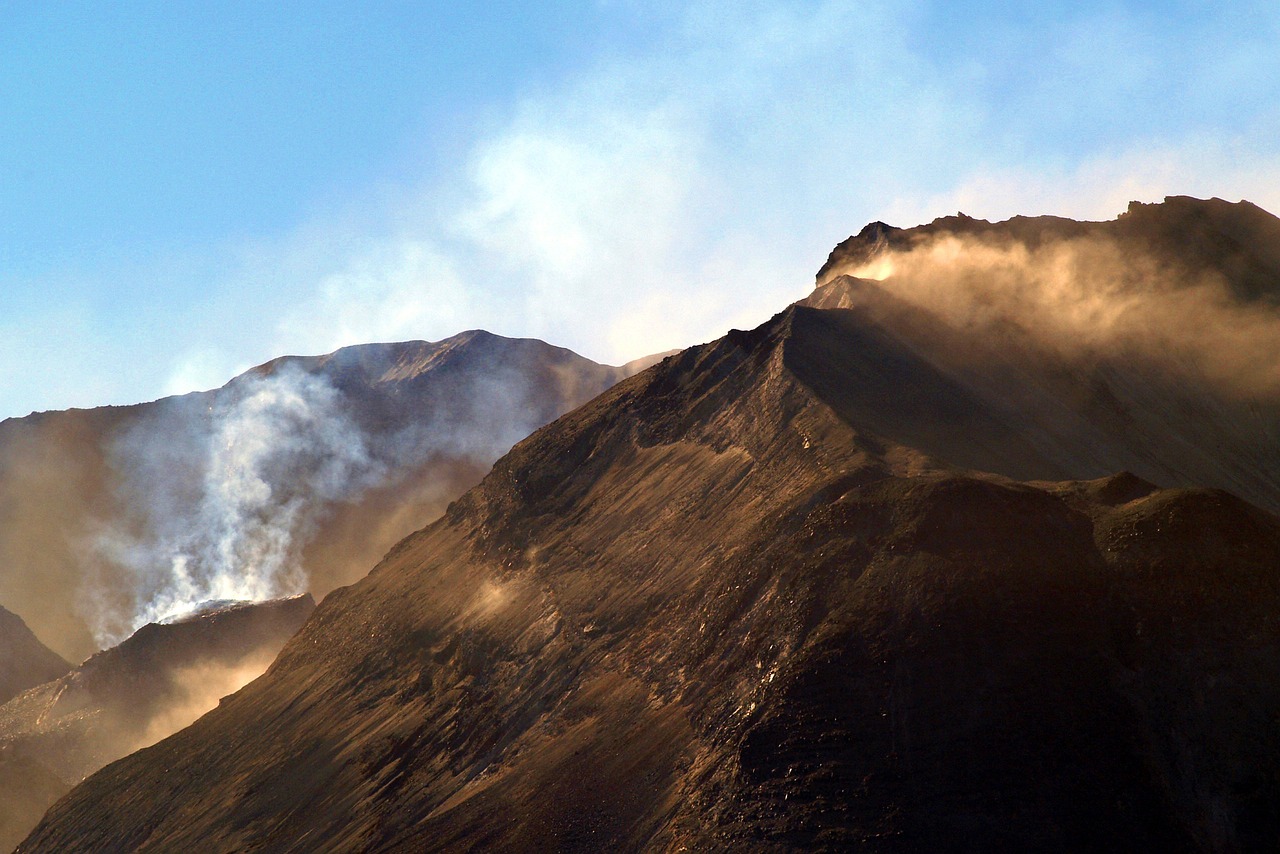
2.5 to 2.8 billion years ago, the earth was a planet with almost no oxygen. How is it filled with life-giving oxygen today? A new study raises the possibility that at least some of the releases come from tectonic and destructive releases.
During the geological time period known as the Archaean, when Earth was covered in green oceans, shrouded in methane haze, multicellular life was completely absent, and the crustal plate activity was different from what it is today.
The subduction zone located at the edge of the aggregate plate is an exclusive feature of the earth, and there is also oxidized magma with high oxygen and water content, which is formed by the interaction of oxidized sediments and ocean bottom water after flowing into the mantle. The new study sought to understand whether the lack of oxidizing material in bottom waters and sediments of the Archean era might have prevented oxidized magma from forming.
Scientists collected granite samples about 2.67 to 2.75 billion years ago to study zircon crystals capable of high temperature and high pressure in the rocks. Small apatite crystals smaller than 30 microns were trapped in the zircon crystals. By measuring apatite With the sulfur content, we can determine whether the apatite comes from oxidized magma.
The analysis found that the sulfur content of the magma was initially about zero, but increased to 2,000 parts per million by 2.705 billion years ago, indicating that the magma became more sulfur-rich; in addition, the presence of S6+ (a type of sulfur ion) in the apatite indicated that sulfur From the source of oxidation, consistent with the data of the main zircon crystals, it further indicates that oxidized magma was formed 2.7 billion years ago. Even the lack of dissolved oxygen mechanism in the Archaean ocean did not prevent the formation of sulfur-rich oxidized magma in the subduction zone.
The report stated that the oxygen in the magma must have come from other sources and was released into the atmosphere during the volcanic eruption. The team believes that the Archean subduction zone may be the key factor that began to increase the Earth’s oxygen 2.7 billion years ago. Since Earth is the only planet in our solar system known to have plate tectonics and subduction zones, the study could help explain why the planet lacks oxygen and understand the birth paths of life on other rocky planets.
The new paper was published in the journal Nature Geoscience.
(Source of the first image: pixabay)
Further reading:


